
Previously the staff writer for physical sciences at Science News, Maria Temming is the assistant managing editor at Science News Explores. She has undergraduate degrees in physics and English from Elon University and a master's degree in science writing from MIT. She has written for Scientific American, Sky & Telescope and NOVA Next. She’s also a former Science News intern.

Trustworthy journalism comes at a price.
Scientists and journalists share a core belief in questioning, observing and verifying to reach the truth. Science News reports on crucial research and discovery across science disciplines. We need your financial support to make it happen – every contribution makes a difference.
All Stories by Maria Temming
-
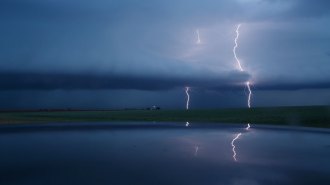 Earth
EarthLightning may be an important source of air-cleaning chemicals
Airplane observations show that thunderstorms can directly generate vast quantities of atmosphere-cleansing chemicals called oxidants.
-
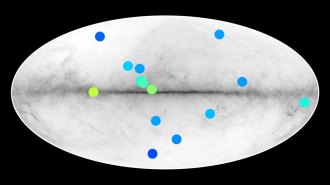 Space
SpaceStars made of antimatter could lurk in the Milky Way
Fourteen celestial sources of gamma rays provide preliminary hints of matter colliding with “antistars” in our galaxy.
-
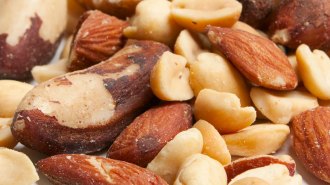 Physics
PhysicsX-ray scans explain how the ‘Brazil nut effect’ works
X-ray CT scans of a box of mixed nuts explain the orientations that let large, oblong Brazil nuts rise to the top.
-
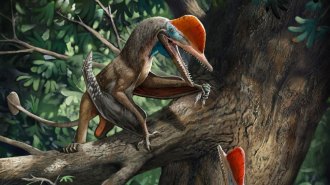 Paleontology
Paleontology‘Monkeydactyl’ may be the oldest known creature with opposable thumbs
A newly discovered pterosaur that lived during the Jurassic Period could have used its flexible digits to climb trees like a monkey.
-
 Science & Society
Science & SocietySTEM’s racial, ethnic and gender gaps are still strikingly large
Black and Hispanic professionals remain underrepresented in STEM, while women’s representation varies widely by STEM field, according to a new report.
-
 Tech
Tech‘Pipe Dreams’ flushes out hope in an unexpected place: the toilet
A new book shows how reimagined toilets will allow humans to use pee and poop as natural resources.
-
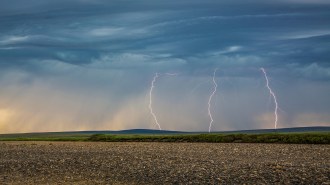 Earth
EarthA spike in Arctic lightning strikes may be linked to climate change
Global warming may be revving up summer thunderstorms in the Arctic, leading to skyrocketing numbers of lightning strikes.
-
 Physics
PhysicsNewly made laser-cooled antimatter could test foundations of modern physics
Physicists have finally used laser cooling to tame unruly antimatter atoms. That could allow new tests of symmetry and Einstein’s theory of gravity.
-
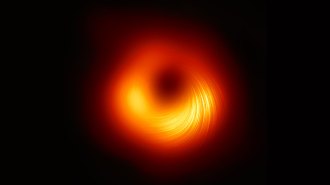 Astronomy
AstronomyA new black hole image reveals the behemoth’s magnetic fields
A new analysis of Event Horizon Telescope data from 2017 brings to light the magnetic fields twisted around the black hole at the core of galaxy M87.
-
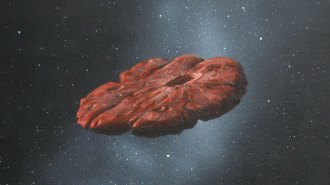 Space
Space‘Oumuamua may be a chip knocked off an icy, Pluto-like exoplanet
If the first interstellar visitor were a shard of nitrogen ice, it would explain some of its unusual behavior when it passed through our solar system.
-
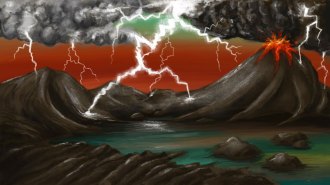 Earth
EarthPhosphorus for Earth’s earliest life may have been forged by lightning
Lightning strikes can supply one of life’s essential elements, long thought to be delivered by meteorites billions of years ago.
-
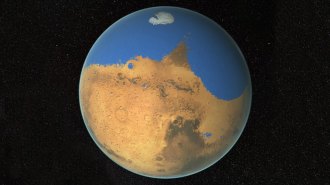 Space
SpaceMost of Mars’ missing water may lurk in its crust
Computer simulations of the fate of Mars’ water may explain why the Red Planet turned into a desert, when so little of its water has escaped into space.